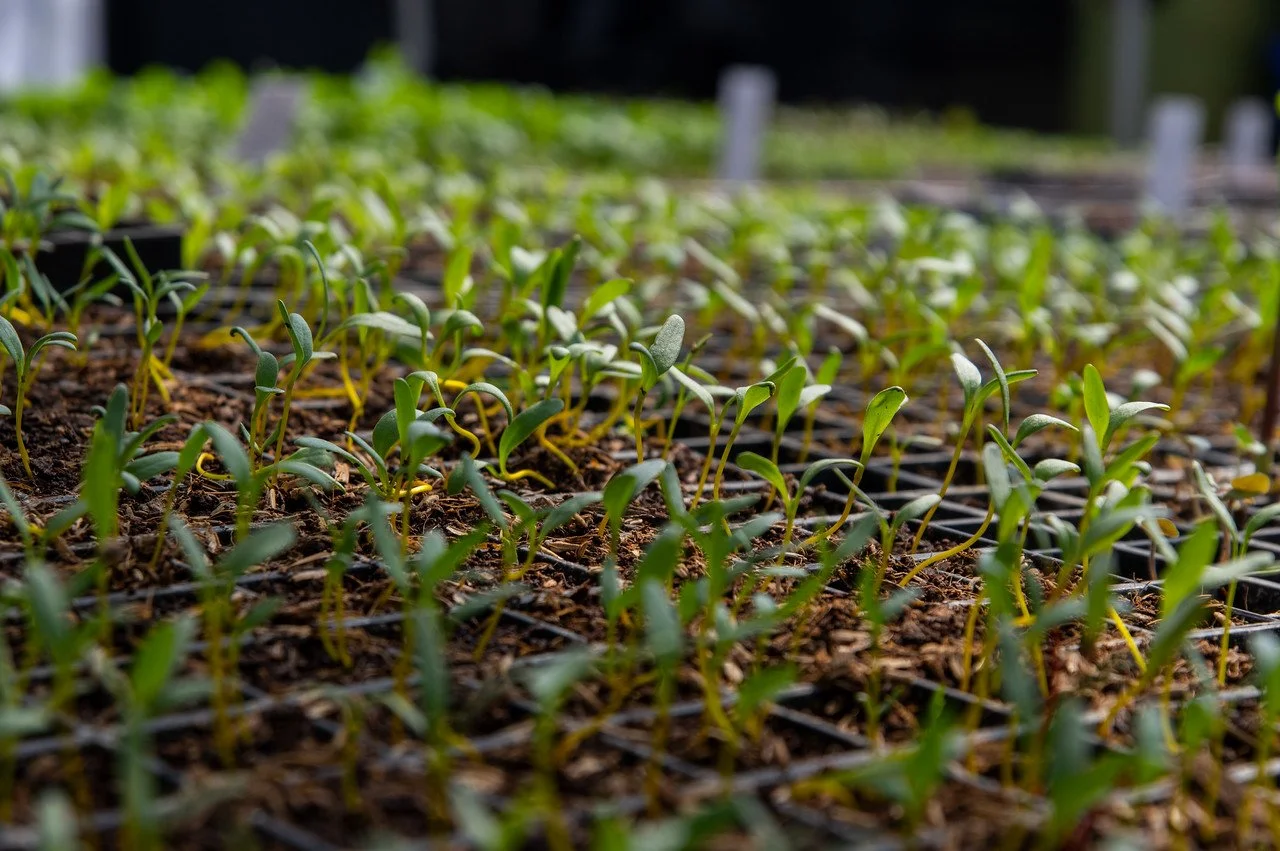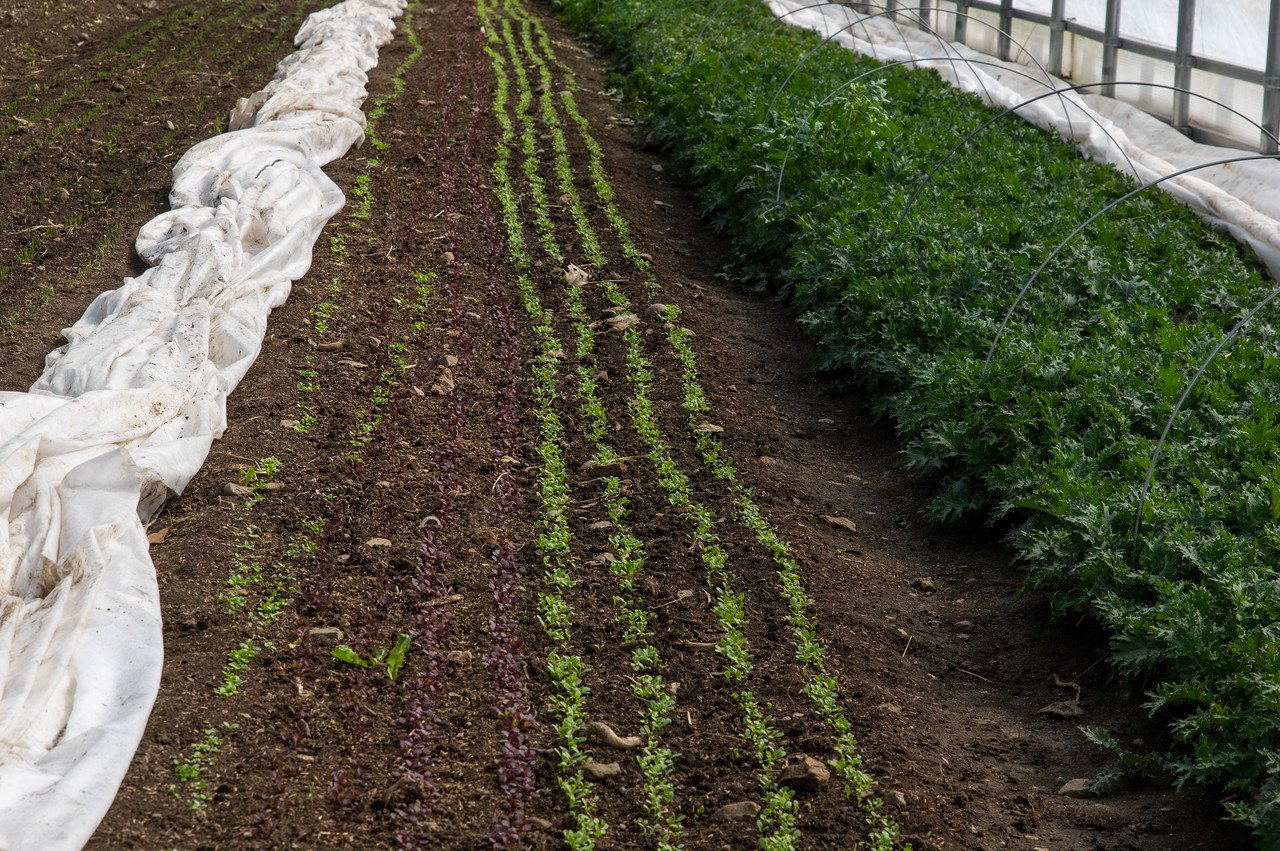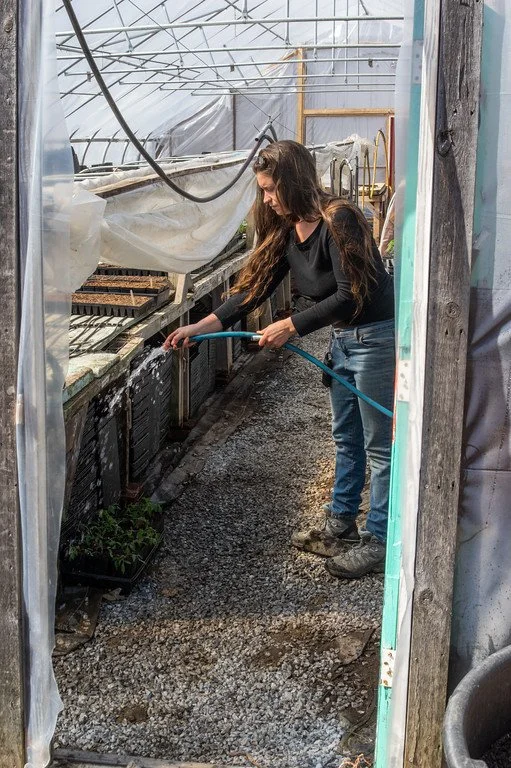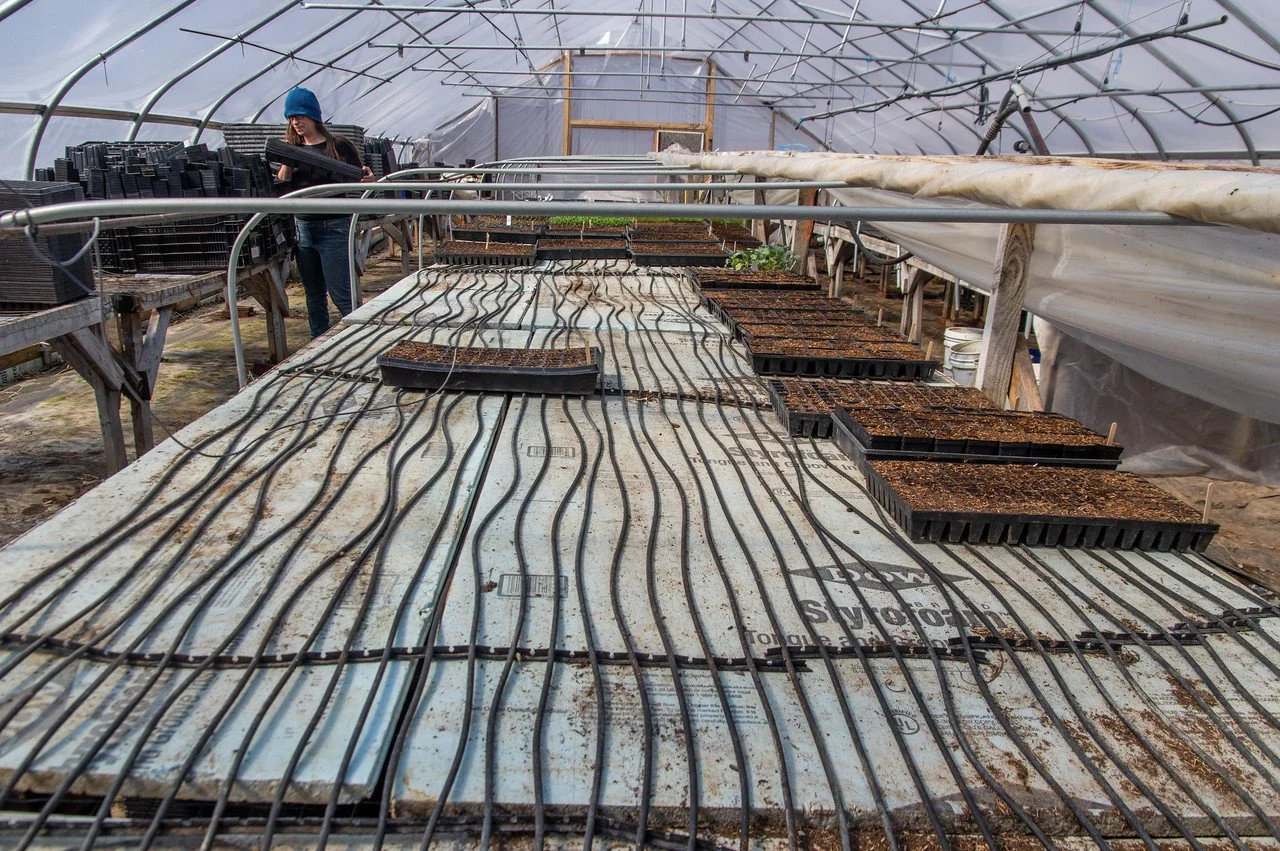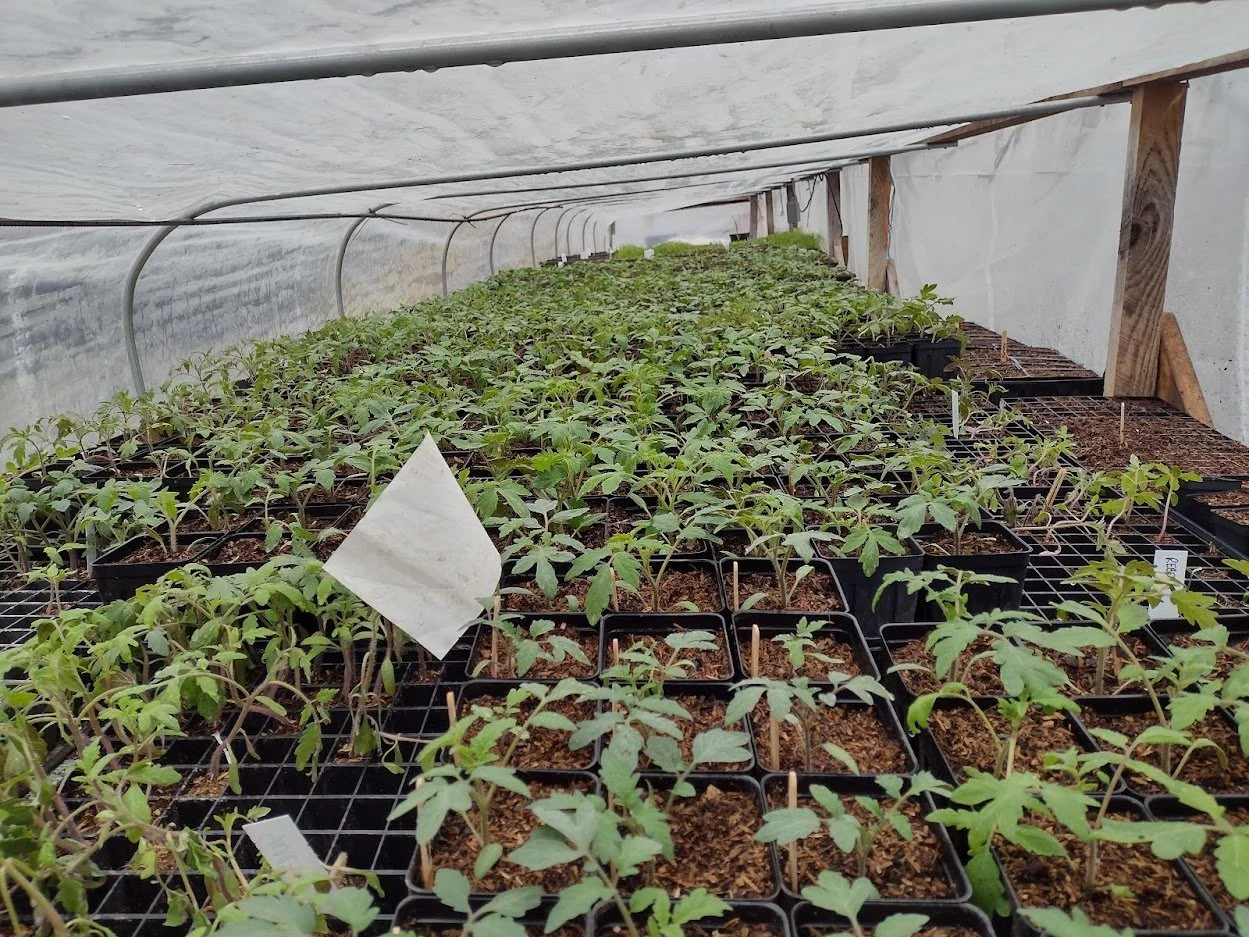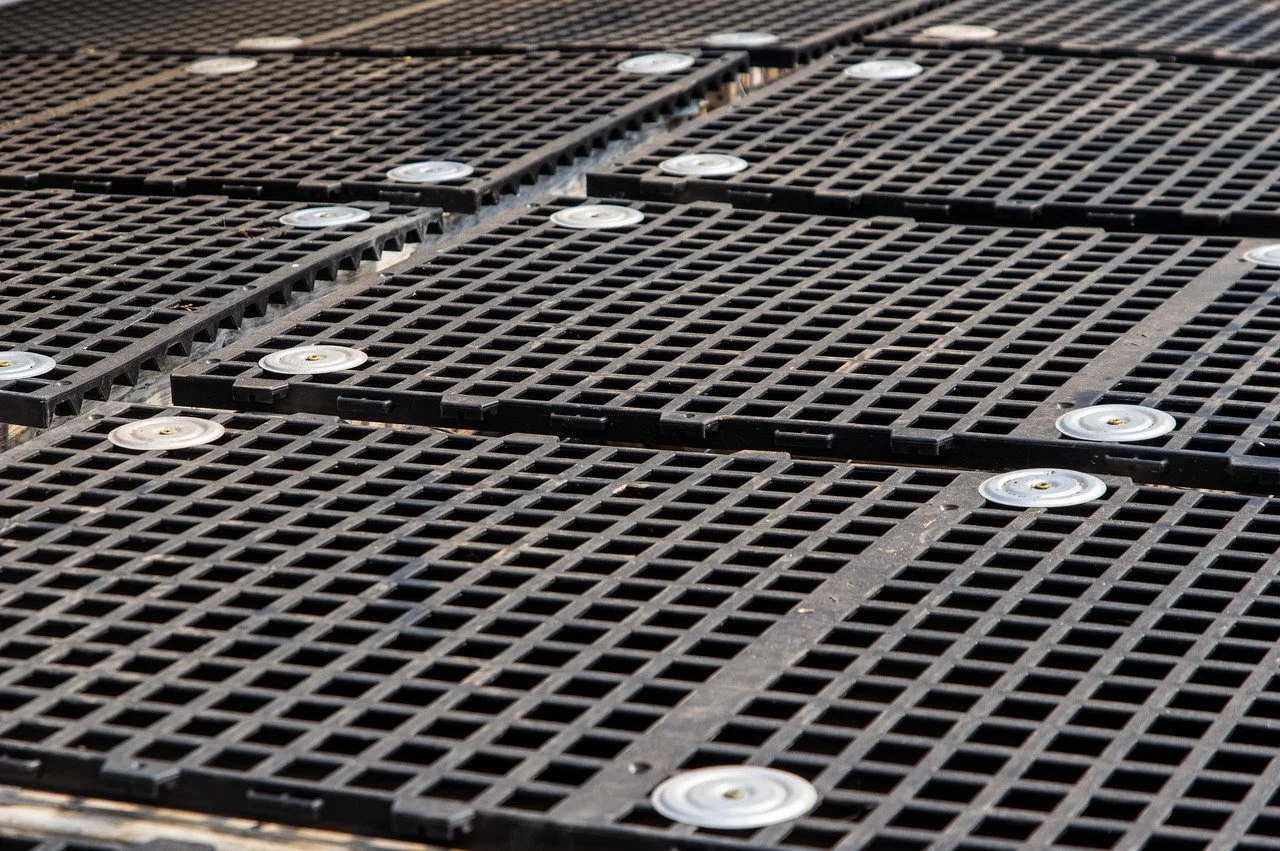7th Week of the Winter/Spring CSA season: Week of March 30th
hey cute little yellow beets…. see you in June, photo by Adam Ford
This Week’s Availability
This week we will have red beets, purple daikon radishes, watermelon radishes, orange carrots (Juniper Hill), rainbow carrots (Juniper Hill), shallots, red and yellow onions (Juniper Hill), garlic, green cabbage, red and yellow potatoes (Atlas Farm), fingerling potatoes (Clearfield Farm), spinach, baby chard, green curly kale, baby kale, claytonia, and frozen heirloom/beefsteak tomatoes.
The frozen heirloom/beefsteak tomato bags are “2 items worth” and are delicious for stewing. (This may be the second to last week with frozen tomatoes available for this season.)
Ordering closes at noon on Tuesdays for Wednesday bags, and at midnight on Wednesday for Friday bags.
You do not need to fill out the form if you plan to come to the barn on Wednesdays or Thursdays to pick out your items yourself.
baby lettuce sprouting in the tunnel, photo by Adam Ford
zoomed out.. those baby lettuce sprouts in rows, photo by Adam Ford
Starts for your garden!
If you keep a summer garden, and are thinking of getting starts, now is a good time to order them. We will have some plants available to choose as CSA items at the barn instead of veggies, but we are scaling back our production of garden starts that aren’t pre-ordered. Pre-ordering gives you the widest selection of varieties of veggies, flowers, and herb since many varieties we only start on a pre-order basis.
Farm News
This week we repotted hundreds of little tomatoes for the first planting that will be transplanted in a little less than a month! I felt like I could taste the first tomato, basil, mozzarella sandwich while I was repotting the plants. (It was specifically a sandwich with thick slices of a warm-right-out-of-the-hot-tunnel Pineapple tomato… it was a real nice fantasy.) We pot them up into deep cups for them to have enough room to grow in the extra protected environment in the propagation house for a few more weeks. It was a sunny day when we repotted, so we tucked them in the shade for a bit, and soaked their disturbed roots after they were repotted, and they look great now under the protective plastic cover of the heated table.
Ryan continued seeding new greens in the tunnels as space opened up from re-harvested items. The team removed a bunch of old plant material from the tunnels from beds where greens have reached their limit of winter harvests to make space for the next round of seeded items.
This week we experienced an unexpected surprise in the potting media that we use to grow our seedlings: in 2019 we switched from a peat-based mix to a coir-based potting mix. Peat has long been over consumed non-renewable resource, and far too heavily relied upon in commercial agriculture. (In fact, the UK banned sales of peat moss to gardeners starting in 2024.) Coir is part of the inner shell of coconuts— and isn’t without its own imperfections as a globally traded commodity— but it’s considered renewable, and much less of a strain on our climate than peat consumption. But coir, like many products in our global supply chain, is becoming harder to access as its popularity to replace peat rises. So the company we source our potting mix from adjusted its formula, using more sawdust in place of some of the coir in the mix. We only realized that this year’s batch of potting soil was different as we opened the first bag of the newer shipment while potting up tomatoes, and observed the different composition of the blend. They assured us this batch of potting mix is still a high quality medium that grows great plants, but we also heard from another farm in Maine that struggled with nutrient deficiency using this new potting mix formula. Since we can’t risk nutrient deficiency on the tens of thousands of plants seeded this time of year, Ryan sent out soil samples of the old and new mix to be lab tested to understand their nutrient difference. We’re also doing some side-by-side trials (what our UVM extension colleagues refer to as a ‘bioassay’) of the two mixes to see any difference in their ability to grow good seedlings. We’re lucky to still have plenty of the old potting mix on hand, so we’re able to continue using that for a while while we wait for the results from the bioassay and the laboratory. We’re lucky we noticed this early and have enough time to make some adjustments if we need to. Never a dull moment!
-ESF Team: Kara, Ryan, Cindy, Taylor, Molly, and Katie
Ryan figuring how much of each early tomato variety to pot from the tiny cells into larger pots, photo by Adam Ford
watering in the tomato trays after they moved from their tiny cells to their big cups, photo by Adam Ford
watering in the first tray of repotted tomatoes, photo by Adam Ford
wooden tags to label farm plants, so we don’t have to worry about runaway little pieces of plastic in the field, photo by Adam Ford
happy little tomatoes, photo by Adam Ford
sweet little Tokyo Bekana flower, photo by Adam Ford
making space on the heated table for the repotted tomatoes, Adam Ford
hundreds of newly repotted tomatoes tucked in
brightly colored organizer where we keep alphabetized tags to reuse for all the plants we send out to everyone’s garden, photo by Adam Ford
new table tops in the prop house, photo by Adam Ford
Molly had enough energy after work to play soccer with kids on Ryan’s birthday

